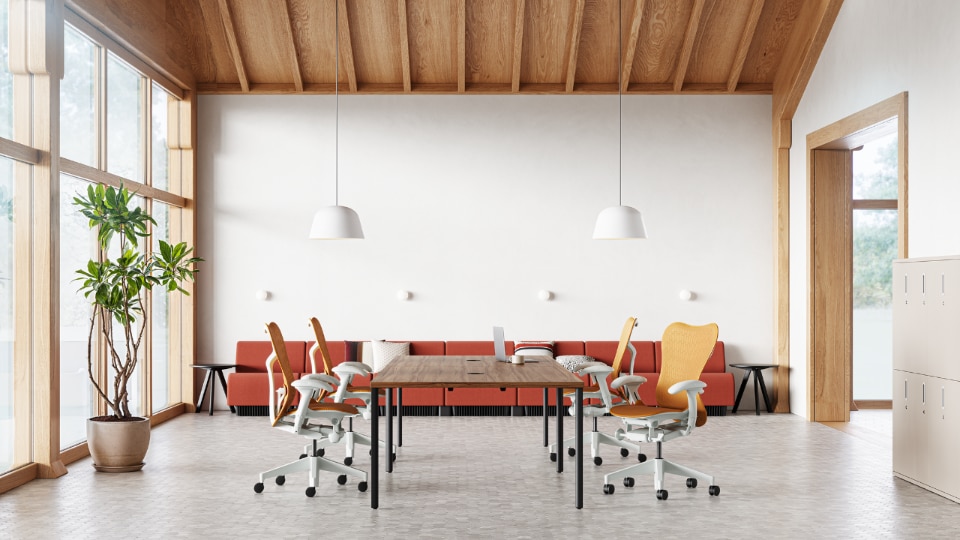“The impossibility of a work to be categorized does not worry me as much as its insignificance”: Franco Raggi’s own words, with all the power required to trace a one-line portrait of the architect, designer, maker, design intellectual, who has spent the last six decades living the Italian and international scene as a protagonist. It is this constant evasion of categories that the curatorial team of Marco Sammicheli and Francesca Pellicciai had to deal with, in order to create “Franco Raggi. Pensieri instabili” (Unstable Thoughts), the monographic exhibition open at Triennale Milano from February 7.
Raggi’s personal and professional history often coincided with legendary stretches of design history: the image of his Tenda Rossa is one of those that most define the face of Italian radical design, and with it the projects in which Raggi participated, such as the multidisciplinary Global Tools didactics – with Branzi and Sottsass, among others – and the experience of Studio Alchimia, the anti-industrial nemesis of Memphis. All of this, under the banner of the most orthodox unorthodoxy of thought and action. Even when it came to radicals.

But it was at the Triennale that Raggi was perhaps one of the most constantly present subjects, in a myriad of different roles: visitor, curator, exhibition designer and debate leader. “The solo exhibition was the one step still missing”, he commented: And here he was, promptly subjected to the “sweet torture” of the great synthetic effort, so difficult to operate on a work so difficult to classify.
“Pensieri instabili” is the fourth episode of the Design Platform curated by Sammicheli, the space that crowns the Triennale Design Museum’s itinerary by focusing on “unorthodox” figures like Raggi, a space that is compulsively reduced, consequently imposes synthesis. This is why all previous chapters of the project have been translated into a physical device – a mechanical gym for Alberto Meda, a Parisian apartment for Inga Sempé, a shop for Monica Bolzoni – and this time it is the turn of Piovenefabi, who have set up a so-called thematic camp for Raggi: a large tent, clearly, but accessible only by crossing the half-sliced trailer of one of the Muraglie Mobili (Mobile Walls) conceived in the 1970s.

Once inside, the structure is populated by the diversity of Raggi's expressions. The objects and lamps for Kartell, Oluce and FontanaArte, the projects developed with Daniela Puppa, the furnishings for Cappellini such as the “Minuzie”, limited series or direct self-productions, which best reflect the personality of an experimenter. Interiors for the Cinelli showrooms, the architecture for Gianfranco Ferré, such as the legendary headquarters in Via Pontaccio in Milan, and, at the centre of it all, La Tenda Rossa: in keeping with Raggi’s practice of inserting a small simulacrum of space into all his space designs, more small tents are placed inside the Tenda, this time solid and metallic, sculptural models born over the years.
Raggi, whom Lea Vergine described as “mild and sulphurous”, has found himself in the midst of a speculative act, as he recounted, producing thoughts from a re-reading of his practice by others who were in dialogue with him: “After this excursion, thanks to them, I also discovered in myself the pleasure of nonsense, which is also a great attribution of sense”. An exploration shunning the scientific methods of chronology or biography, an immersion in a way of doing things, through keywords that Raggi himself wanted to list and that best describe him: trespassing, paradox, irony, shift, utopia, tripping. “Even self-tripping”, the Great Unorthodox of Italian design has added.

The Mirra 2 combines ergonomics and sustainability
Redesigned by Berlin-based Studio 7.5, the Mirra 2 chair from Herman Miller represents the perfect combination of function and innovation.




















